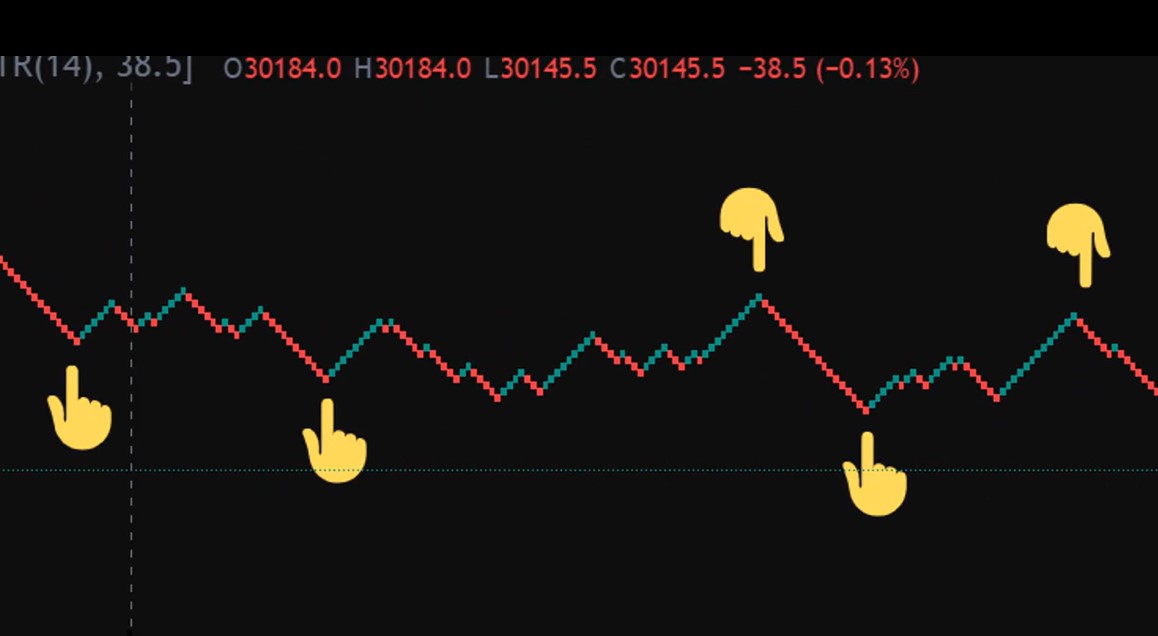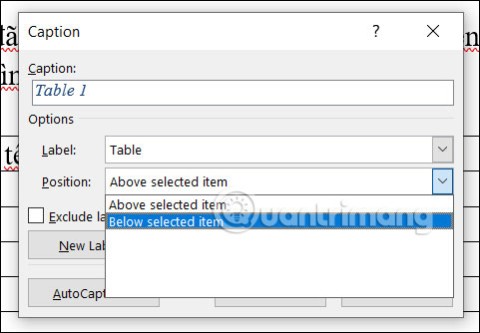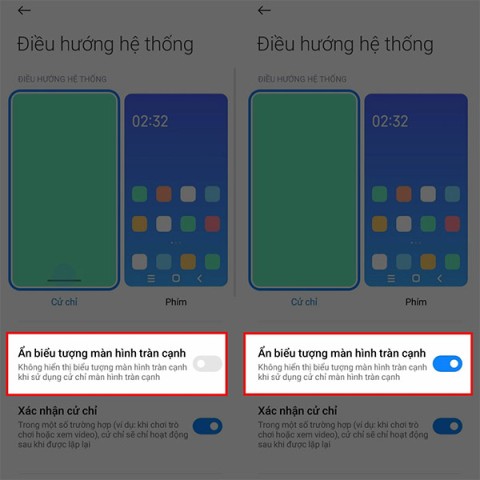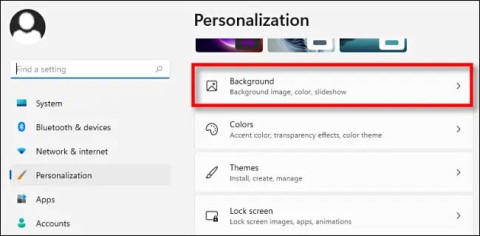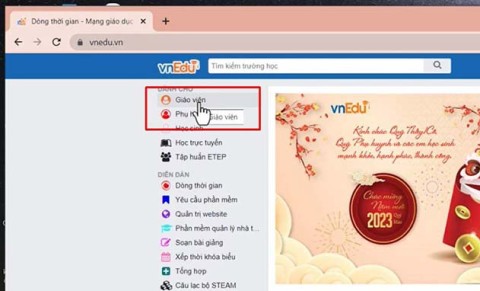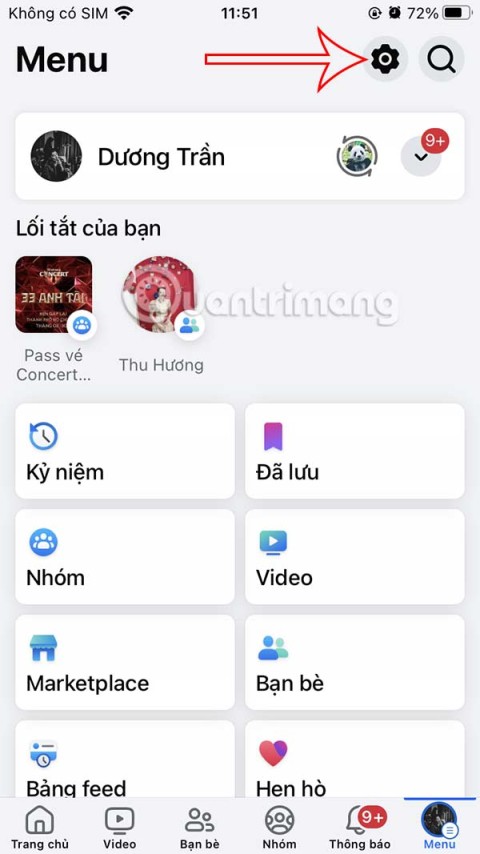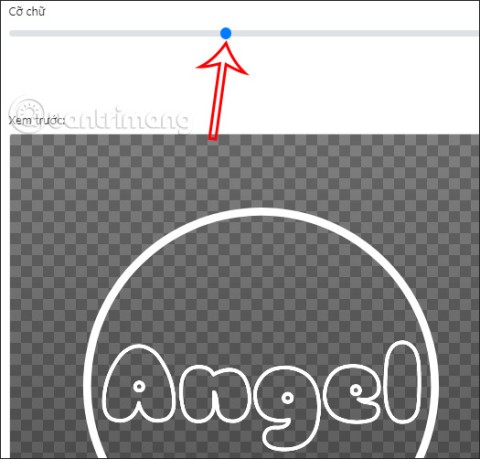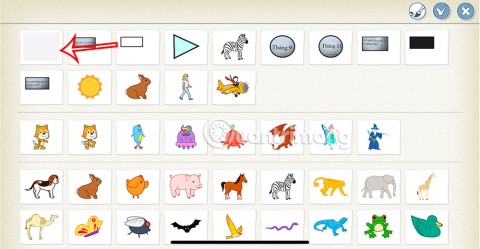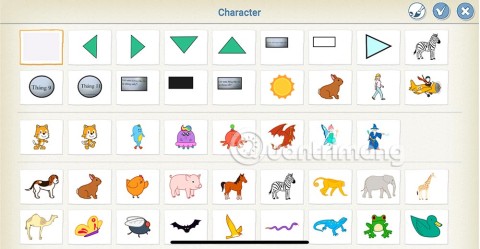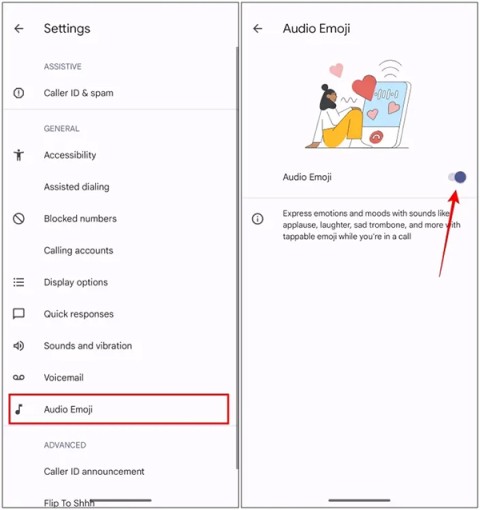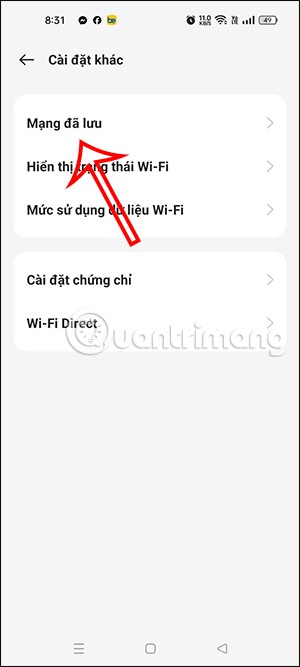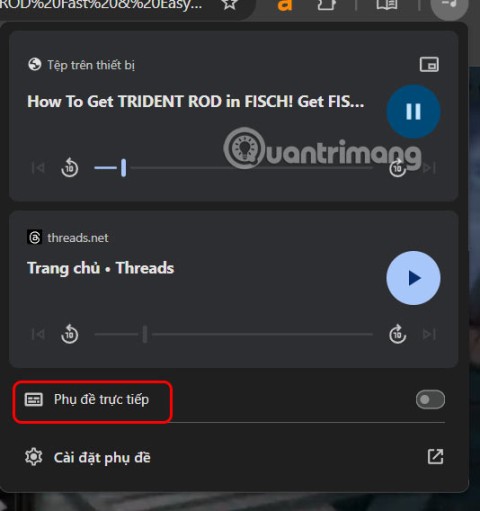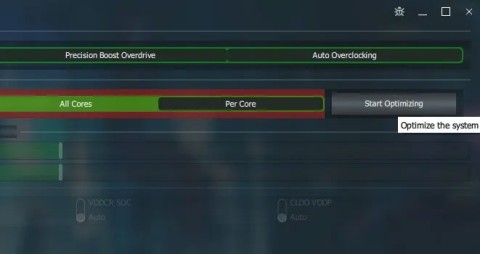I'm sure we clean our bodies every day but we don't pay attention to cleaning our iPhones, and maybe it's unnecessary.
However, if you do not clean your iPhone regularly, your iPhone will accumulate dust and bacteria over time. In particular, the speakers, charging port, video microphone, call microphone, screen and buttons will become dirty and can affect the use of your iPhone. If you want to clean your iPhone safely, follow the instructions below.
How to clean iPhone models from 11 to 15 Pro Max
The new iPhones have a premium matte glass finish on the back or around the camera. Over time, the matte glass on your iPhone may pick up marks from things that come into contact with your phone, like your jeans or items you keep in your pocket. These marks may look like scratches, but they can usually be wiped away with a slightly damp paper towel or cloth.
For iPhone 15 Pro and iPhone 15 Pro Max , sweat and oils from your skin can temporarily change the color of the outer edge. Simply wiping your iPhone with a soft, slightly damp cloth and a lint-free cleaning cloth will help restore its original appearance./
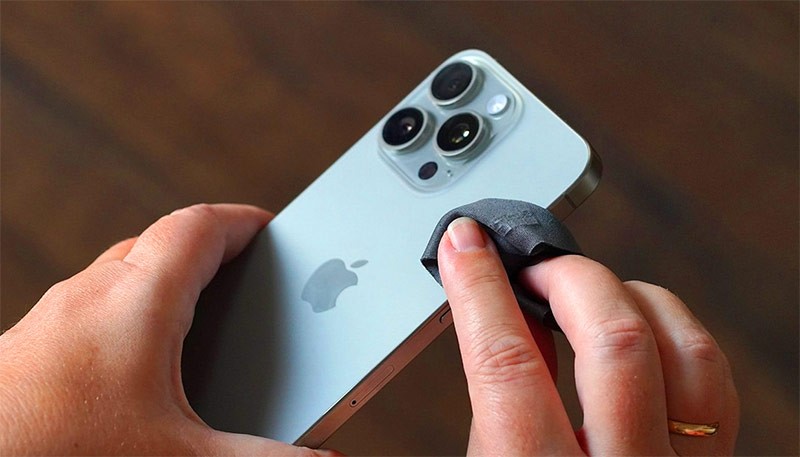
Clean your iPhone immediately if it comes into contact with anything that could cause stains or other damage — such as dust, dirt, sand, ink, cosmetics, soap, detergents, acids or acidic foods, or even lotions. Here's how to clean your iPhone:
- Disconnect all cables and power off your iPhone.
- Use a soft, slightly damp, lint-free cloth - such as a glass cleaning cloth
- Avoid allowing moisture to enter the machine's openings.
- Do not use cleaning products with strong detergents.
- Do not use compressed air for blowing.
Using a 70% isopropyl alcohol wipe, 75% ethyl alcohol wipe, or a regular paper towel that is not too damp, you can gently wipe the exterior surfaces of your iPhone. Do not use products containing bleach or hydrogen peroxide. Avoid getting alcohol or cleaning water into any openings, and do not submerge your iPhone in any cleaning agent.
Your iPhone has an oleophobic coating that repels oil, sweat, and fingerprints. Cleaning products and abrasive materials will degrade this coating and may scratch your iPhone more easily.
Cleaning from iPhone 7 to iPhone SE 2nd and 3rd generation
Includes: iPhone SE (2nd and 3rd generation), iPhone XS, iPhone XS Max , iPhone XR, iPhone X, iPhone 8, iPhone 8 Plus, iPhone 7, and iPhone 7 Plus.
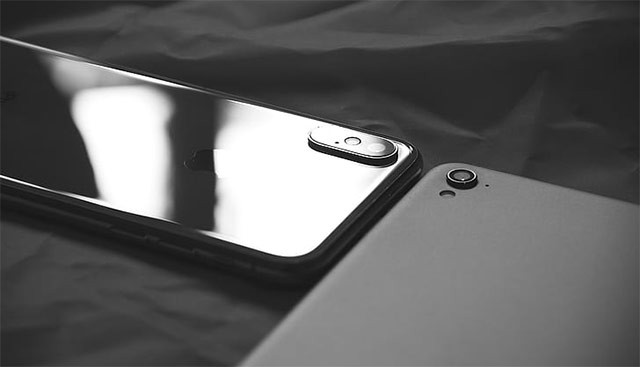
You should clean your iPhone immediately if it comes into contact with things that can easily stain or damage it, such as: dirt, sand, ink, cosmetics, soap, detergent, acids, acidic foods, or lotions.
Here are instructions for safely cleaning your iPhone:
- Turn off the power and disconnect all cables connected to your iPhone.
- Use a soft, slightly damp, lint-free cloth to clean. Avoid getting water into any openings on the device, such as the charging port or speakers.
- Do not use cleaning products unless you are following dedicated iPhone disinfection instructions.
- Never use compressed air to clean your iPhone.
Similar to the latest iPhone line, iPhone 7 to iPhone SE 2nd and 3rd generation all have an oleophobic coating that helps repel oil, sweat and fingerprints. So if you use cleaning products with strong detergents and abrasive materials, this coating will be reduced and can scratch your iPhone.
Cleaning iPhone 5s to iPhone SE 1st generation
Including: iPhone 6s, iPhone 6s Plus, iPhone 6, iPhone 6 Plus, iPhone SE (1st generation), iPhone 5s
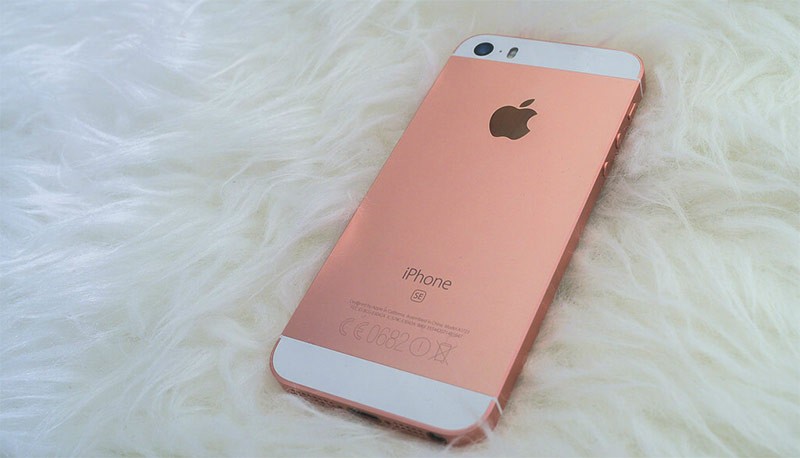
Similar to the iPhone models above, you need to clean your iPhone immediately if it gets dirty or stained, such as: ink, dyes, cosmetics, dirt, food, grease, and lotion.
Here are instructions for cleaning iPhones from 5s to iPhone SE 1:
- Disconnect all cables from the iPhone, turn off the device.
- Use a soft, slightly damp, lint-free cloth to clean, or a glass cleaning cloth. Avoid getting water into any openings on the device, such as the speaker or charging port.
- Never use common cleaning agents such as glass cleaner, household cleaners, compressed air, vapor sprays, solvents, ammonia, or abrasive materials to clean your iPhone.
Do not use harsh cleaning products or abrasive materials because, like the iPhone models above, from the iPhone 5s to the first generation iPhone SE, they are all coated with an oleophobic layer that helps prevent oil, sweat and fingerprints. For the Home button (if any), use a slightly damp soft cloth to clean it, helping the Touch ID fingerprint sensor work best.
Cleaning iPhone 5C
Although it is an iPhone finished in plastic, the steps for you to clean the iPhone 5C are no different from the iPhone lines above, even though the iPhone 5C uses a plastic back.
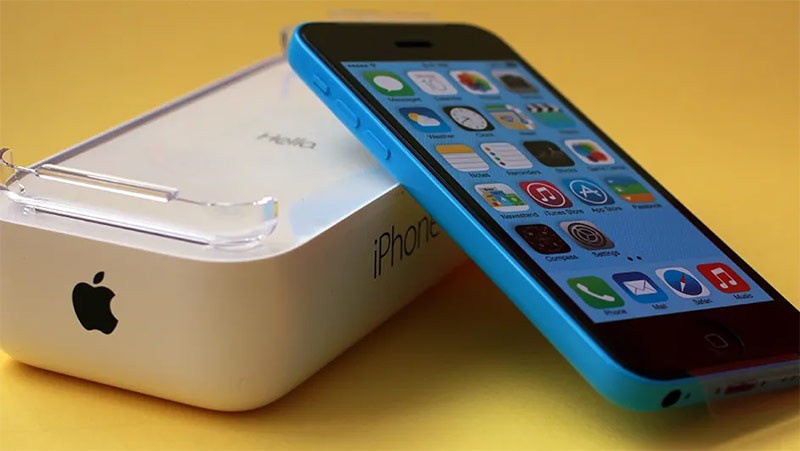
How to clean iPhone 5C
- Wet a soft cloth with distilled or filtered water, then wring it dry. We still recommend that users wring the cloth until it is only slightly damp, not soaked, to prevent water from entering the slots such as speakers, microphones, headphone jacks and charging ports. Especially with older iPhone models such as the iPhone 5C, which are not water resistant.
- If there is dirt stuck, you can dip the towel in a little diluted soapy water and wring it out before wiping. Then wipe again on the dusty or dirty areas.
- Use a cotton swab (small type) dipped in distilled or filtered water to clean the gaps and corners of the iPhone.
- Gently wipe the front glass of the iPhone. If there are fingerprints or stains, you can use a cotton ball dipped in a little 70% isopropyl alcohol and wring it out thoroughly before wiping.
- Let your iPhone air dry completely before using it again. You can use a desiccant bag to help your iPhone dry faster.
Also, to clean any dirt that may have accumulated around the SIM tray opening, use a soft, lint-free cloth and put a very small amount of rubbing alcohol on it. Very gently wipe the dirt away from the port opening and avoid getting any moisture in the opening.
Cleaning iPhone from iPhone 5 and below
The way to clean iPhone from iPhone 5 and below is no different from the iPhone lines above. You need to turn off the device, unplug the charger or all other cables connected to your iPhone, then choose a soft cloth, if you have a glass cleaning cloth, it is best. You can also use a soft toothbrush to clean dirt, speakers or charging ports.
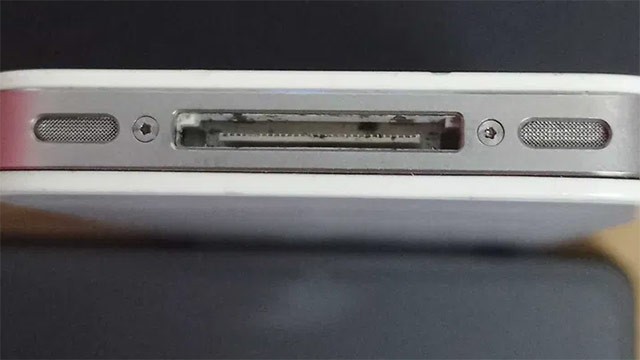
With the charging port from iPhone 4s and below, you should use a brush or tweezers to clean the charging port, because this charging port is larger than the lightning charging port, so it will often fall into a lot of dirt, fur, hair and even objects like toothpicks, thread... So they will often be more likely to be infested with foreign objects than the lightning charging port.
The charging port on the iPhone 4 series is a 30-pin port . This is a common charging port on Apple mobile devices since the first iPhone. The 30-pin port is flat and wide, with 30 metal pins to connect to the charging cable.
However, since the iPhone 5 launched in 2012, Apple has switched to using the proprietary Lightning charging port for its iOS devices. The Lightning port is more compact, easier to use, and can be plugged in on both sides, while the 30-pin port can only be plugged in on one side.
Hopefully the information that Quantrimang.com provides you in the above article will help you avoid mistakes when cleaning your iPhone.





